Have you ever been jolted awake in the middle of the night by a sudden, intense cramp in your leg? If so, you’re not alone. These painful episodes, known as nocturnal leg cramps (NLC), can be incredibly distressing and disrupt your sleep. Typically caused by a lack of physical activity during the day, these cramps can result from reduced blood flow to the legs. Although these cramps often last only a few seconds, the lingering pain can persist for days.
In this article, we’ll explore the causes of nocturnal leg cramps, how they differ from restless legs syndrome (RLS), and the best natural treatments to alleviate and prevent these painful episodes.
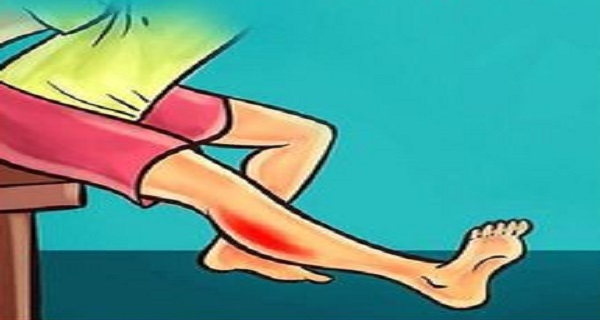
What Are Nocturnal Leg Cramps?
Nocturnal leg cramps are sudden, involuntary muscle contractions that occur during the night. They usually affect the calf muscles but can also impact the thighs or feet. These cramps can last anywhere from a few seconds to several minutes, often leaving behind soreness that can persist for days. While they can affect anyone, people over 50 are more likely to experience them. Understanding the root causes and the preventive measures is key to managing these painful episodes effectively.
Nocturnal Leg Cramps vs. Restless Legs Syndrome: Key Differences
Understanding the distinction between nocturnal leg cramps (NLC) and restless legs syndrome (RLS) is crucial, as they are often confused with one another.
Pain and Cramps
- NLC: Involves intense pain and muscle cramps that prevent movement.
- RLS: Causes discomfort or a tingling sensation in the legs but does not involve pain or cramps.
Sensation
- NLC: Typically involves a sudden, sharp pain in the muscles.
- RLS: Characterized by an urge to move the legs due to a creeping, tingling sensation.
Movement
- NLC: The pain usually restricts movement during the cramp.
- RLS: Movement tends to relieve the discomfort.
Recognizing these differences can help in properly diagnosing and treating each condition.
Common Causes of Nocturnal Leg Cramps
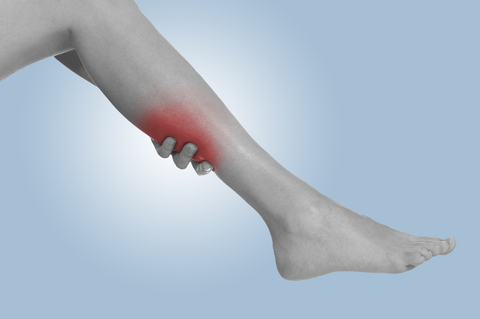
Several factors can contribute to the development of nocturnal leg cramps. Understanding these causes can help you take proactive steps to reduce the likelihood of experiencing them.
1. Prolonged Sitting
Sitting in the same position for extended periods can reduce blood flow to the legs, leading to cramps. Whether it’s sitting at a desk for long hours or a long car ride, the lack of movement can cause muscles to contract painfully.
2. Standing on Hard Surfaces
Standing for long periods, especially on hard surfaces like concrete, can strain the leg muscles and trigger cramps. Workers who spend hours on their feet are particularly prone to this issue.
3. Overexertion
Excessive physical activity, particularly without proper stretching, can lead to muscle fatigue and cramps. Athletes or individuals who suddenly increase their exercise intensity are at higher risk.
4. Inappropriate Sitting Position
Sitting in a way that constricts the blood vessels or nerves in your legs can increase the risk of cramps. This might happen if you sit with your legs crossed for long periods or in a chair that doesn’t support proper posture.
Medical Conditions Linked to Nocturnal Leg Cramps
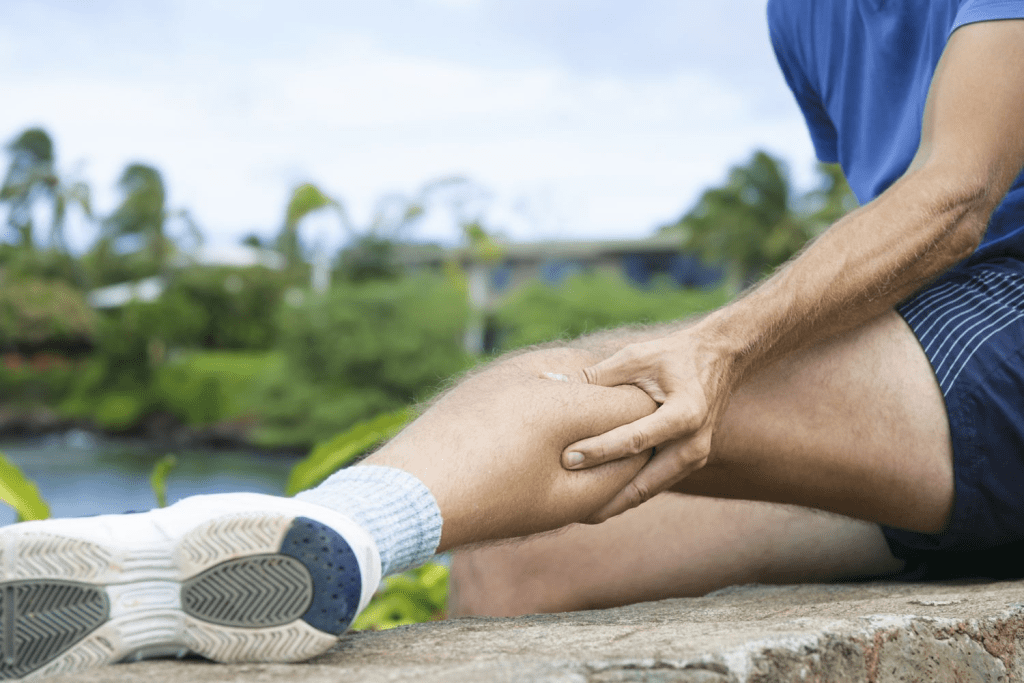
In addition to lifestyle factors, certain medical conditions can increase the likelihood of experiencing nocturnal leg cramps:
1. Parkinson’s Disease
Muscle stiffness and cramps are common symptoms of Parkinson’s disease. The neurological degeneration associated with Parkinson’s can lead to frequent and severe cramps.
2. Alcoholism
Chronic alcohol use can lead to nutritional deficiencies and dehydration, both of which can cause cramps. Alcohol can also interfere with nerve function, increasing the likelihood of muscle spasms.
3. Pregnancy
Hormonal changes and increased pressure on the leg muscles during pregnancy can trigger cramps. Pregnant women often experience cramps, especially during the third trimester.
4. Dehydration
Lack of fluids can lead to electrolyte imbalances, which are a common cause of muscle cramps. Dehydration can result from inadequate fluid intake or excessive sweating.
5. Flatfoot
Flat feet can alter the alignment of your legs and cause muscle strain, leading to cramps. Individuals with flatfoot may need specialized footwear to prevent muscle fatigue and cramps.
6. Diabetes
Nerve damage and poor circulation associated with diabetes can cause muscle cramps. Diabetic neuropathy often leads to painful cramps, especially at night.
7. Diuretics
Medications that increase urine production can lead to dehydration and electrolyte imbalances, causing cramps. People taking diuretics should monitor their fluid and electrolyte levels closely.
Natural Remedies and Preventative Measures for NLC
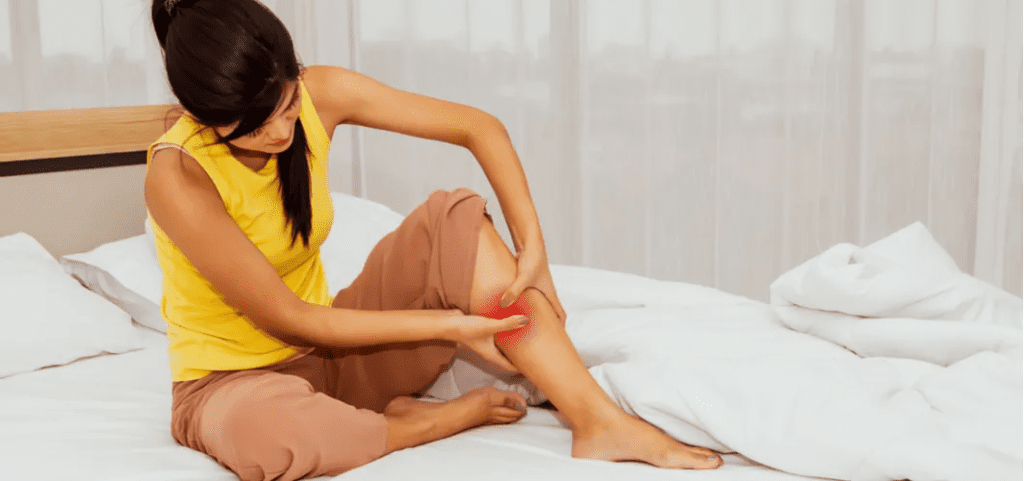
Fortunately, several natural treatments can help alleviate and prevent nocturnal leg cramps. Implementing these strategies can lead to more restful nights.
1. Horse Chestnut
This herbal remedy is known to improve blood circulation in the legs, reducing the likelihood of cramps. It’s often used in traditional medicine to treat venous insufficiency.
2. Heating Pad
Applying a heating pad to the affected area can relax the muscles and relieve pain. Heat therapy helps to increase blood flow and ease muscle tension.
3. Acupuncture
This traditional Chinese medicine technique can help improve circulation and reduce muscle tension. Acupuncture has been used for centuries to treat various types of pain, including muscle cramps.
4. Stretching
Regular stretching, especially before bed, can help prevent cramps by keeping your muscles flexible. Incorporating a few minutes of stretching into your bedtime routine can make a significant difference.
5. Hydration
Drinking plenty of water throughout the day helps maintain electrolyte balance and prevents dehydration, a common cause of cramps. Keeping a water bottle handy can serve as a reminder to stay hydrated.
6. Avoid High Heels
Wearing flat, supportive shoes can reduce the strain on your leg muscles and prevent cramps. High heels can alter your posture and place extra pressure on your calves.
7. Magnesium/Potassium Supplements
Magnesium and potassium are essential minerals that help prevent muscle cramps. If you’re prone to cramps, consider adding these supplements to your diet, but consult with a healthcare provider first.
8. Swimming
Swimming is a low-impact exercise that can help keep your muscles toned and flexible, reducing the risk of cramps. The buoyancy of water supports your body, making it an excellent choice for people with muscle pain or stiffness.
What to Do When NLC Strikes
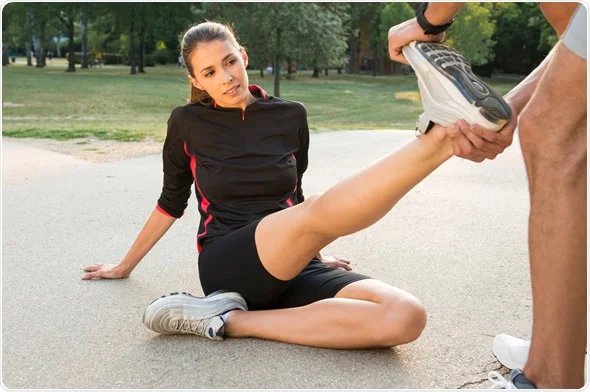
If you find yourself suddenly woken up by a leg cramp, here are some immediate actions you can take to relieve the pain:
1. Get Up and Walk
Walking helps increase blood flow to the affected area, which can help alleviate the cramp. Moving around gently can help ease the muscle contraction.
2. Massage the Affected Area
Gently massaging the cramped muscle can help relax it and reduce pain. Use your hands to apply firm but gentle pressure to the area.
3. Take a Teaspoon of Yellow Mustard
Some people find that taking a teaspoon of yellow mustard can help relieve cramps quickly. The acetic acid in mustard may promote the production of acetylcholine, a neurotransmitter that helps your muscles work.
Conclusion
Nocturnal leg cramps can be painful and disruptive, but understanding their causes and knowing how to prevent them can significantly reduce their frequency and severity. By making simple lifestyle changes and incorporating natural remedies, you can take control of your health and enjoy more restful nights. If you experience frequent or severe cramps, it’s important to consult with a healthcare professional to rule out any underlying medical conditions.


